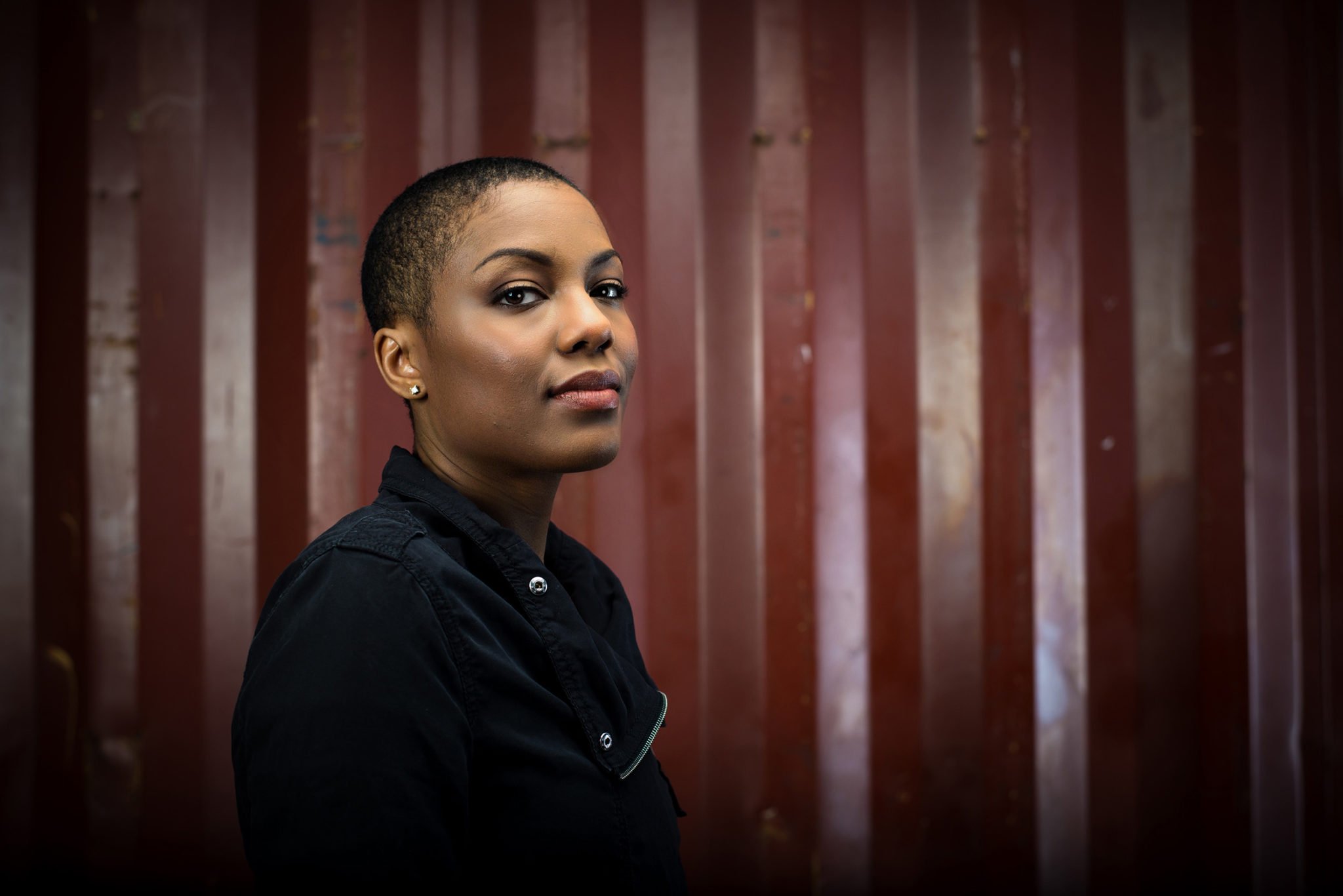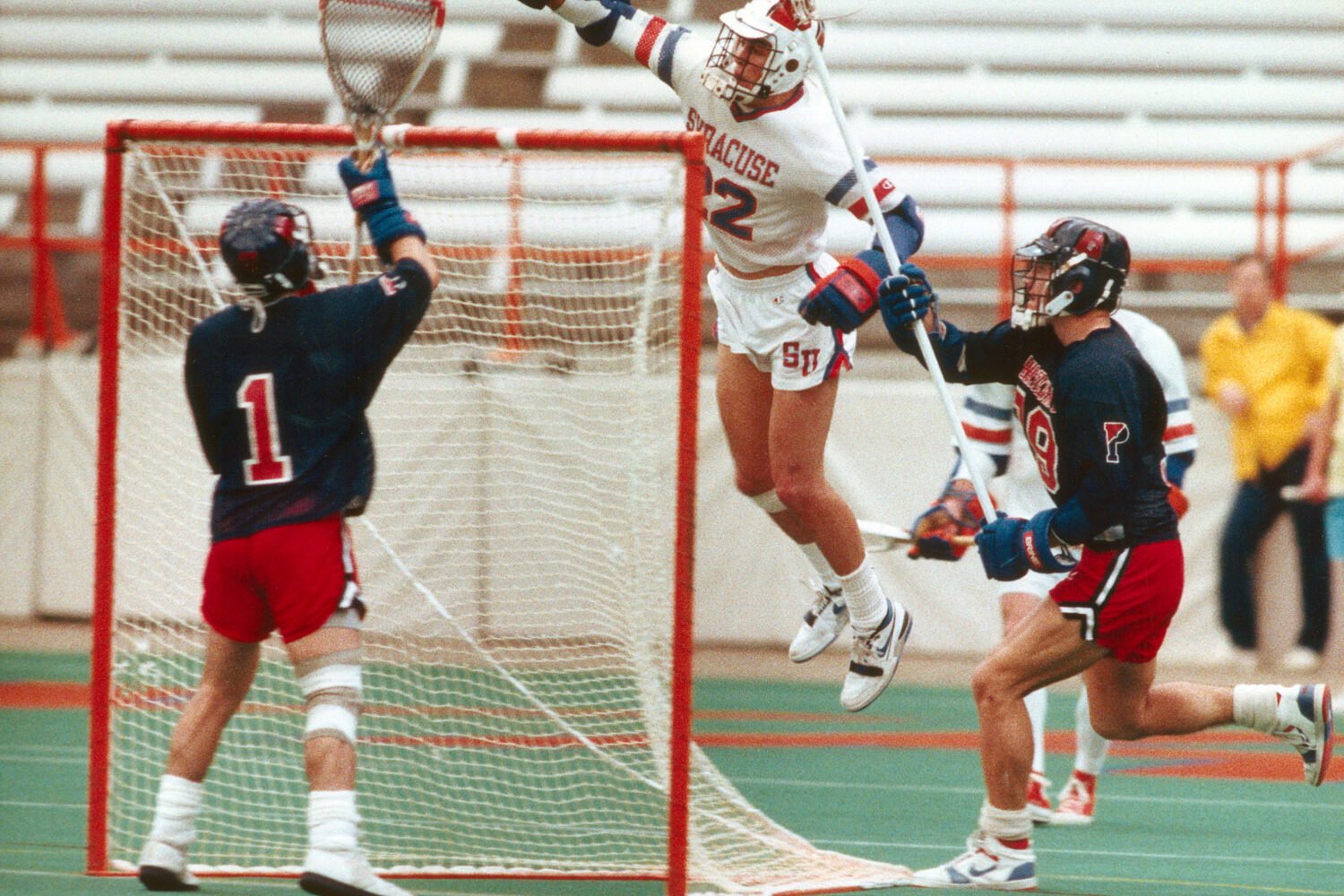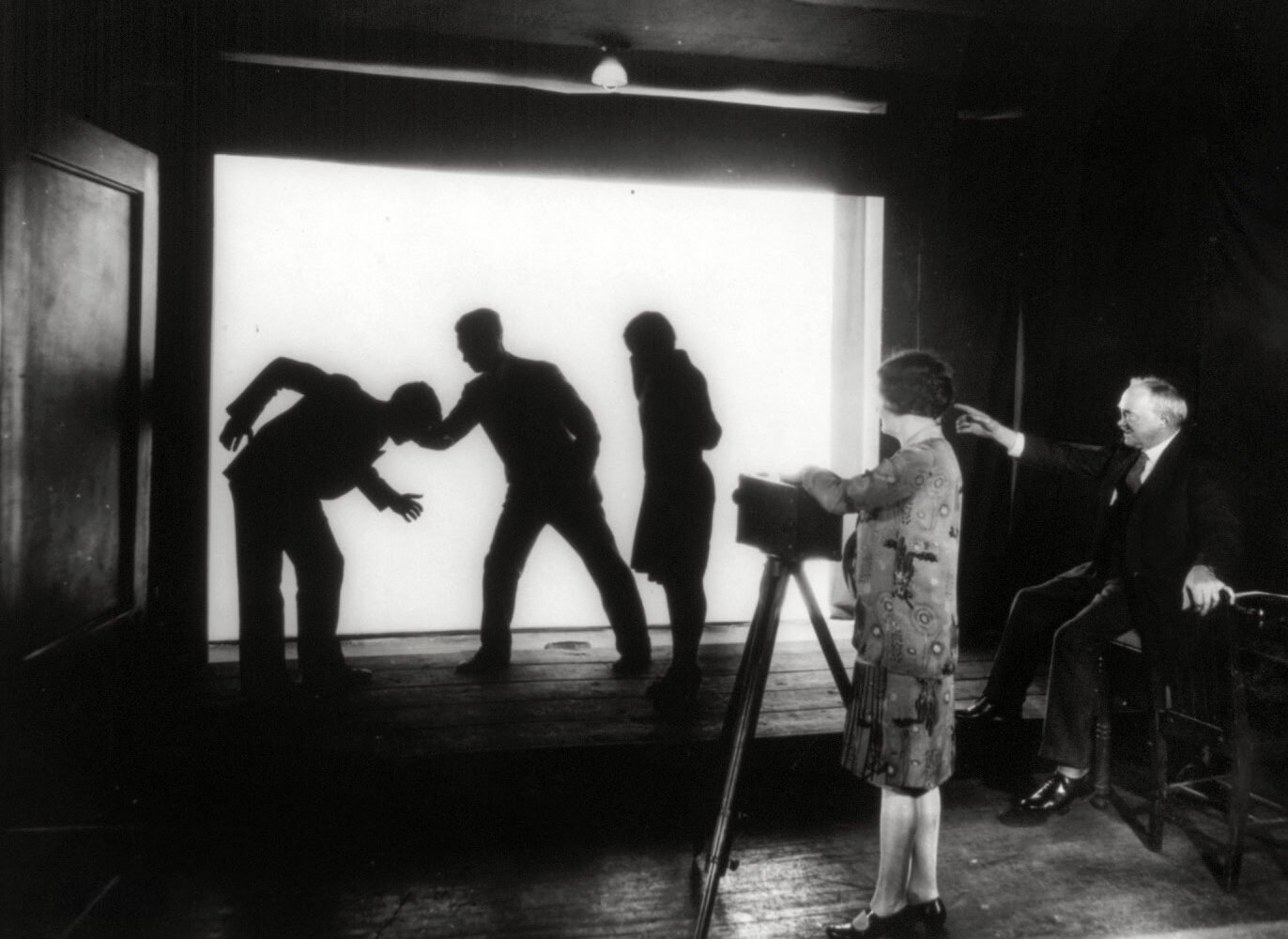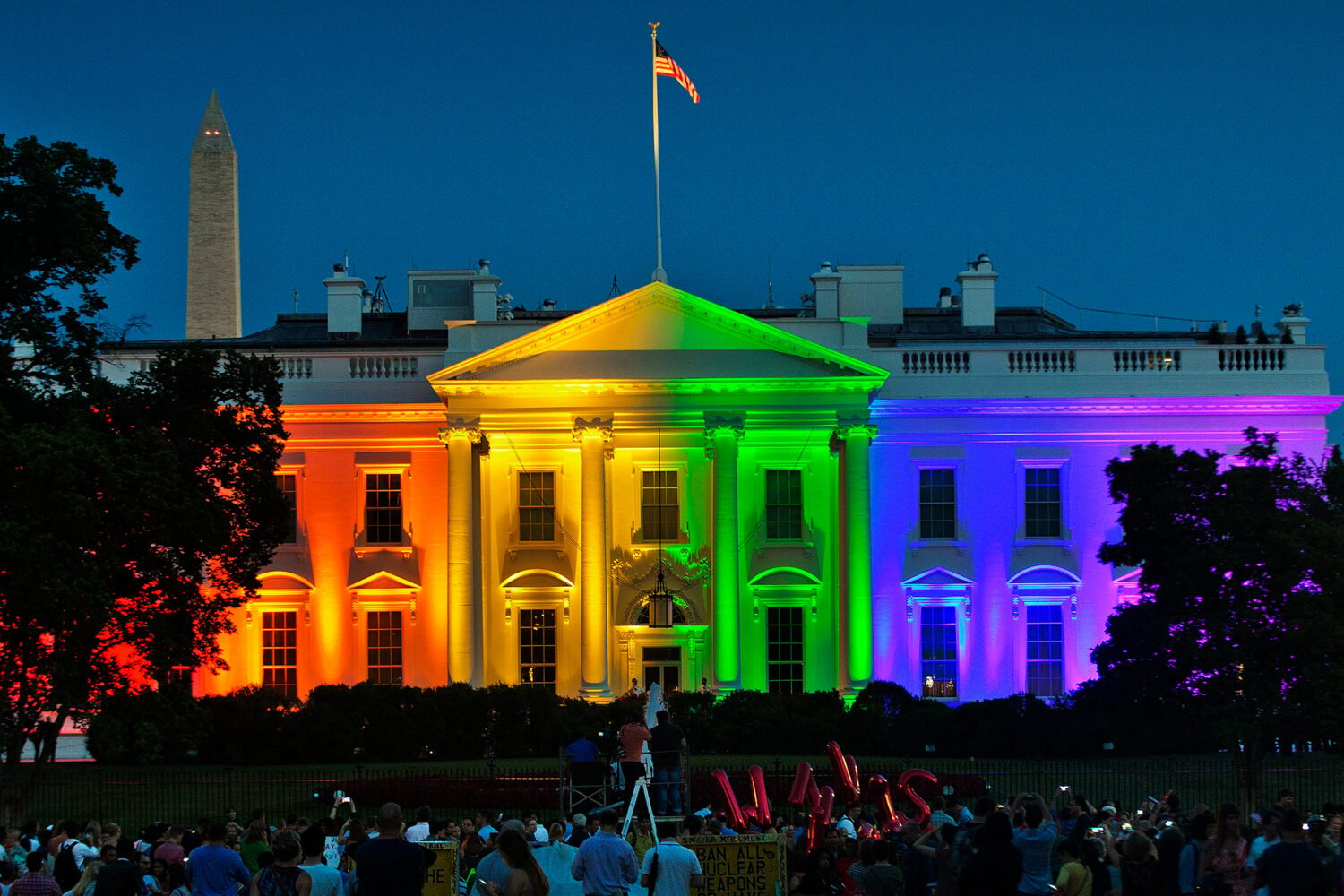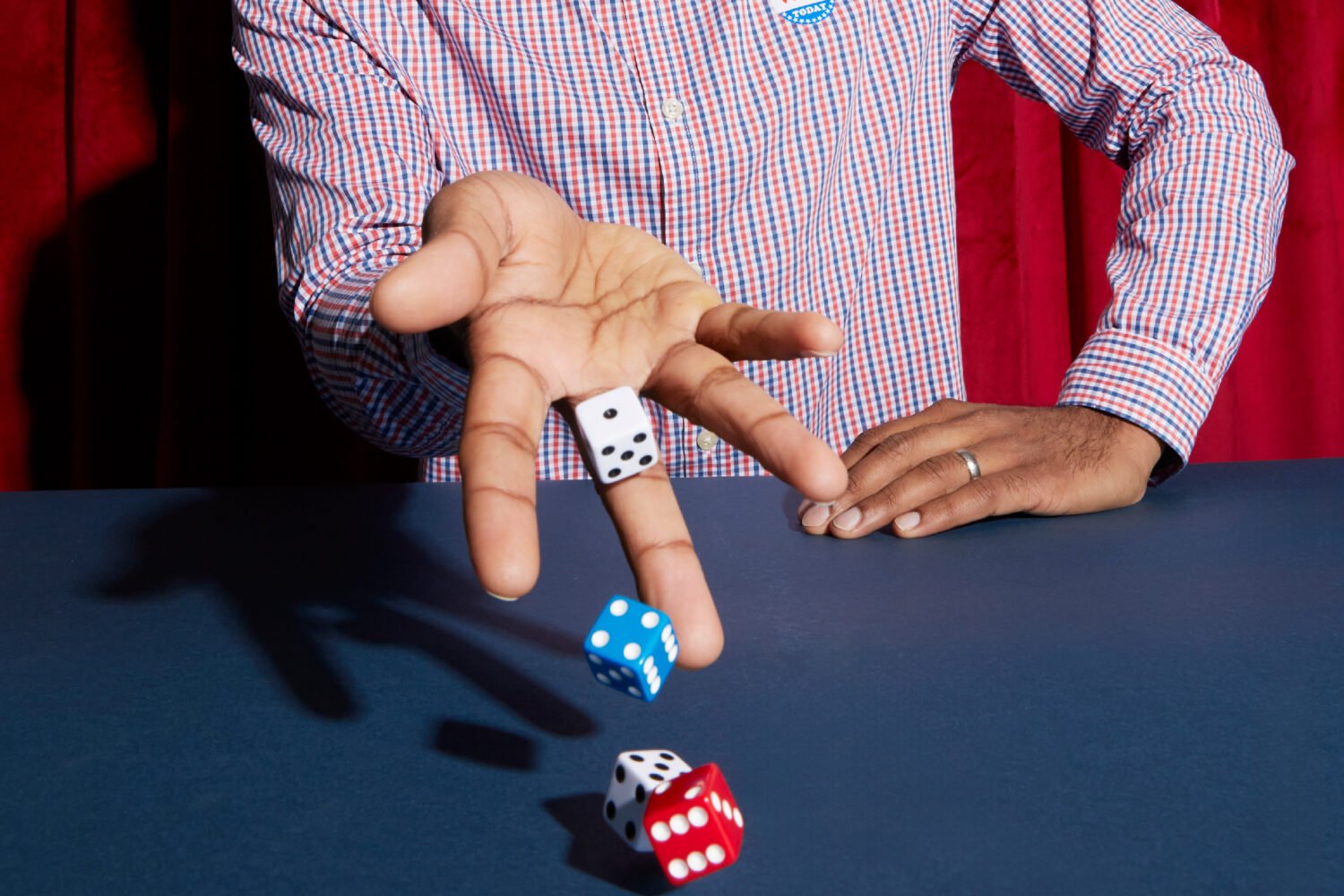Leslye Penelope’s latest book is set in Washington in the 1920s, the era of “Black Broadway” on U Street, packed jazz clubs, and Prohibition-dodging speakeasies. But to that mix she adds something surprising: a semi-hidden world of ghosts and spirits.
The Monsters We Defy is hard to categorize—call it a historical fantasy heist novel, if you must—but it succeeds in vividly evoking a lost DC and also creating something new. At the center of the story is a fictionalized version of Clara “Carrie” Johnson, a real-life Black 17-year-old who was accused of shooting and killing a white police officer during the 1919 Washington race riot. At a time when Black people were lynched for much less, Johnson was—for reasons that remain obscure—released after a short stint in jail. Penelope thought: What if there were some magical explanation? So she gives fictional Clara the power to communicate with spirits and imagines that they got her out of trouble. The book is set six years later, and those ghosts have stuck around. “In African American folk magic, there’s an idea of balance,” says the writer. “The spirits can help you, but there’s always a cost.”
Penelope, who grew up in Montgomery County and attended Howard University, has published more than 20 novels and story collections. She’s best known as a fantasy writer; her breakout novel, Song of Blood & Stone, was included on Time’s list of the best fantasy books of all time.

The Monsters We Defy is her first novel set in the DC area, and she was in part drawn to Clara’s story as a way to grapple with the police brutality and racial-justice protests that swept the country in 2020. But Penelope says she didn’t want to write another story in which white people were the villains; instead, she hoped to find threads that connect the past and the present—and to explore conflicts within the African American community that still resonate today, such as classism and colorism. “It’s a story about Black people in our community dealing with our own stuff, amongst ourselves,” she explains. “That was powerful to me, because I don’t see that as much” in contemporary fiction.
Penelope also wanted to create a portrait of U Street during a period when it was a vital center of Black success and talent. “DC is a place that doesn’t get written about enough” in novels, she says. “I liked the idea of taking a snapshot of U Street at that moment in time. It felt like an idyllic, all-Black, self-sufficient area, and hopefully that comes through in the book.”
This article appears in the October 2022 issue of Washingtonian.

